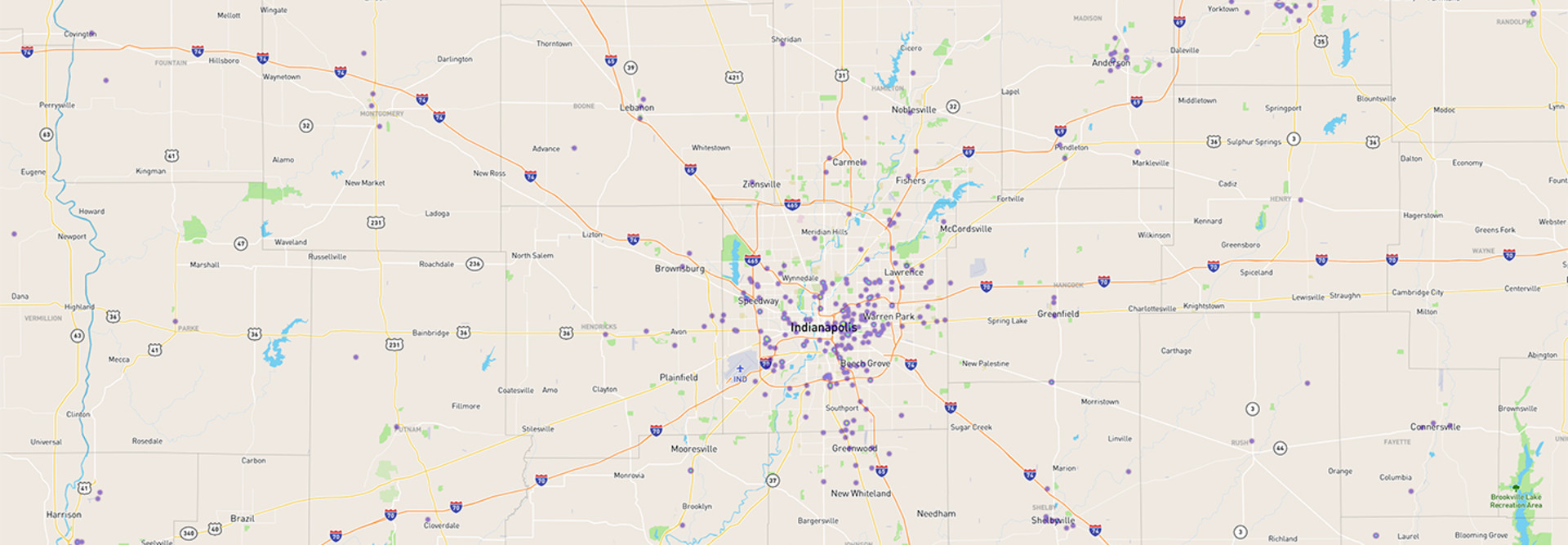How Tech Helps State and Local Governments Battle the Opioid Crisis
Across the country, the opioid crisis continues to claim victims. Drug overdoses claimed 72,000 lives in 2017, a record number in the United States, according to The New York Times. That figure is higher than the peak annual death totals from HIV, guns or car crashes, the Times notes.
This week, the American Public Health Association will kick off National Public Health Week 2019, a time to “recognize the contributions of public health and highlight issues that are important to improving our nation's health.” The association notes that the opioid epidemic has hit rural communities especially hard, and that the rate of fatal overdoses is higher in rural communities than in metropolitan ones.
“Complicating matters, rural residents are often more likely to face social determinants that negatively impact health, such as poverty, transportation barriers and lack of jobs that pay well,” the association states on its website.
In 2018, the U.S. Department of Health and Human Services released over $1 billion in opioid-specific grants to states to fight the epidemic, supporting a federal opioid strategy launched in 2017. State and local governments have been stepping up to battle the crisis via technology.
These tools range from data analytics and data visualization to track overdoses to secure software that can help doctors curb prescription fraud.
MORE FROM STATETECH: Find out how local governments can use data to better serve the underserved.
Data Analytics, Software Help Governments Fight Opioid Epidemic
Indiana has turned to data analytics to help, and is using its Management Performance Hub to create dashboards for a wide range of statewide opioid-related data sets, including emergency medical services runs, arrests and deaths, as well as prescription information, according to Government Technology. One of the data visualizations is its naloxone heat map, which shows where the overdose treatment drug has been administered across the state.
“Representatives of the state and governor’s office said the map highlights the value of local input and motivates them to get residents and officials from all levels more involved,” Government Technology reports.
Other state and local governments are taking similar measures. The Drug Enforcement Agency and Centers for Disease Control and Prevention are encouraging communities to take advantage of GIS maps to locate the residents most vulnerable to opioid abuse, according to GCN.
In Cincinnati, Ohio, city officials “began analyzing EMS response data to identify trends and geographic ‘hotspots,’ helping public safety identify key areas for strategically deploying personnel and medical resources,” according to the city.
Chief Data Officer Brandon Crowley tells Diginomica that the data is also precise enough to enable city officials to take practical action. “Every day, dozens of public-safety and health-department officials, along with Talbert House (a fantastic nonprofit offering substance-abuse treatment and other services) check the Heroin Tracker,” he says. “It helps them plan more targeted patrols in neighborhoods with the most serious overdose hotspots and anticipate overdose spikes based on previous trends.”
Meanwhile, states are turning to prescription drug monitoring programs to help them. Such programs are “among the most promising state-level interventions,” according to the CDC.
As HealthTech has reported:
These programs are government-run databases designed to track how doctors and pharmacists prescribe and dispense controlled substances. PDMPs help keep track of who prescribes and is being prescribed controlled substances, and they have emerged as particularly suitable solutions to the opioid crisis. According to the Oregon Health Authority, as of 2013, opioids accounted for more than 54 percent of the prescriptions in the state’s PDMP data system.
Rachel Eckert, consultant on immixGroup’s Market Intelligence team who specializes in IT trends in state and local government and education, argues that, on their own, PDMP databases have a limited function. “If state and local governments were to combine information from multiple sources, say prescription drug monitoring databases, welfare databases and law enforcement databases, governments could compile a much richer picture of the crisis and start to make more informed and perhaps more proactive decisions,” she writes in Government Technology.
States are also taking advantage of the DEA’s 2010 Electronic Prescriptions for Controlled Substances rule, which allows clinicians to transmit prescriptions for controlled substances electronically.
As HealthTech reports, e-prescribing has one major advantage in that it gets paper prescriptions off the streets, which, “in turn, helps reduce doctor shopping, fraud and drug diversion, all of which can occur when the prescription is in the patient’s hands.”










